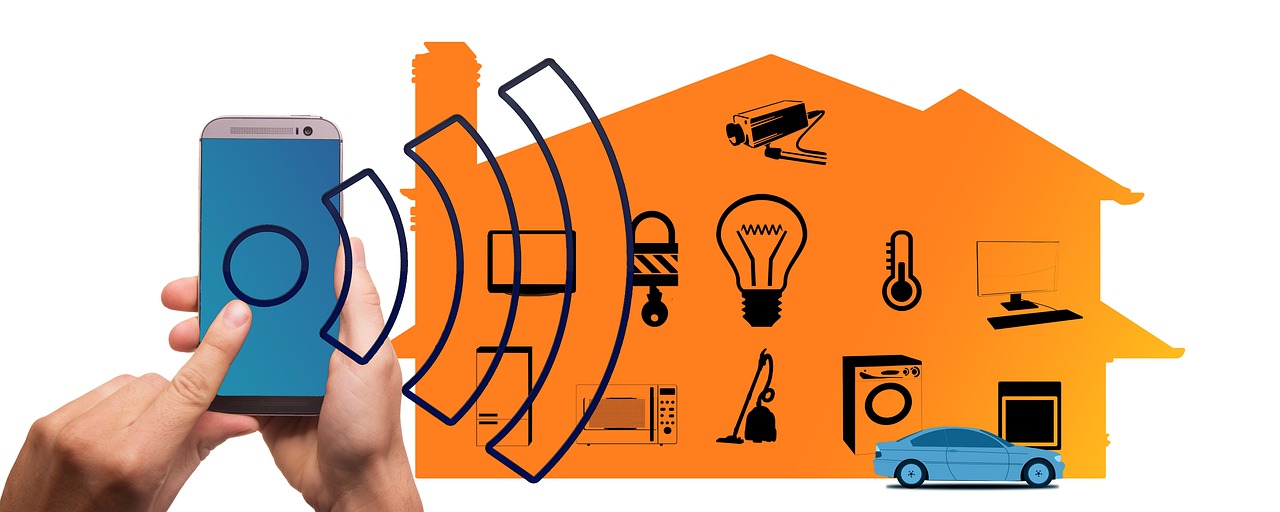Smart lighting
Contents |
[edit] What is smart lighting?
Smart lighting allows users to control and customise the lighting in a building using remote devices such as smartphones or tablets. It is designed to be convenient, energy-efficient, and programmable, and can be used to create a variety of lighting environments for different tasks or occasions.
[edit] What are the advantages of smart lighting?
One of the main advantages of smart lighting its ability to control lighting remotely. This can be done using a smartphone or tablet, or through a smart home hub. With smart lighting, users can turn lights on or off, dim them, or change their colour from anywhere with an internet connection. This can be particularly useful when the user is away from the building, as it allows them to turn the lights off if they forgot to do so before leaving, or to turn them on when they are on their way home.
Smart lighting is also energy-efficient. Many smart bulbs use LED technology to reduce energy consumption. Additionally, the ability to control lighting remotely means that users can turn off lights that are not needed.
Many smart bulbs can be programmed to change colour, allowing users to create a variety of different lighting environments for different tasks or occasions. For example, a user might choose a softer, warmer light for relaxation or a cooler, brighter light for tasks such as reading or cooking.
Smart lighting can be integrated with other smart devices, such as thermostats and security systems, allowing control all of a property's systems from one central location.
Smart lighting can also be programmed to turn on and off at certain times, creating the illusion that someone is home even when they are not. This can deter burglars and increase overall safety and security.
[edit] What are the disadvantages of smart lighting?
Smart lighting systems can be expensive to instal, especially if you want to retrofit your entire home with smart bulbs. The cost of smart bulbs can also be higher than traditional bulbs. They can also be complex to set up and use, especially for people who are not tech-savvy. It may take some time to learn how to use all of the features and functions of a smart lighting system.
Most smart lighting systems require a central hub to function. If this hub fails or loses power, the smart lighting system may not work properly. Smart lighting systems also require an internet connection to function properly. If the internet goes down, the smart lighting system may not work properly.
Smart lighting systems may not be compatible with older homes or buildings that do not have the necessary wiring or infrastructure in place.
Some people may also be concerned about the privacy implications of having a smart lighting system that can be controlled remotely.
[edit] Related articles on Designing Buildings
- Commercial lighting.
- General lighting v task lighting.
- Light fitting.
- Lighting and energy efficiency.
- Lighting control.
- Lighting for circadian rhythms.
- Lighting in commercial buildings.
- Lighting of construction sites.
- Lighting.
- Natural light.
- Smart lighting market to 2020.
- Smart office lighting.
- Types of lamp.
- Types of lighting.
[edit] External references
- "Smart lighting explained: What it is and why you should care." CNET. https://www.cnet.com/news/smart-lighting-explained-what-it-is-and-why-you-should-care/
- "Smart lighting: A beginner's guide." Techradar. https://www.techradar.com/uk/news/smart-lighting-a-beginners-guide
- "Smart Lighting: The Benefits and Drawbacks." Electronic House. https://www.electronichouse.com/smart-home/smart-lighting-the-benefits-and-drawbacks/
Featured articles and news
Moisture, fire safety and emerging trends in living walls
How wet is your wall?
Current policy explained and newly published consultation by the UK and Welsh Governments.
British architecture 1919–39. Book review.
Conservation of listed prefabs in Moseley.
Energy industry calls for urgent reform.
Heritage staff wellbeing at work survey.
A five minute introduction.
50th Golden anniversary ECA Edmundson apprentice award
Showcasing the very best electrotechnical and engineering services for half a century.
Welsh government consults on HRBs and reg changes
Seeking feedback on a new regulatory regime and a broad range of issues.
CIOB Client Guide (2nd edition) March 2025
Free download covering statutory dutyholder roles under the Building Safety Act and much more.
AI and automation in 3D modelling and spatial design
Can almost half of design development tasks be automated?
Minister quizzed, as responsibility transfers to MHCLG and BSR publishes new building control guidance.
UK environmental regulations reform 2025
Amid wider new approaches to ensure regulators and regulation support growth.
The maintenance challenge of tenements.
BSRIA Statutory Compliance Inspection Checklist
BG80/2025 now significantly updated to include requirements related to important changes in legislation.
Shortlist for the 2025 Roofscape Design Awards
Talent and innovation showcase announcement from the trussed rafter industry.
























Comments
[edit] To make a comment about this article, or to suggest changes, click 'Add a comment' above. Separate your comments from any existing comments by inserting a horizontal line.